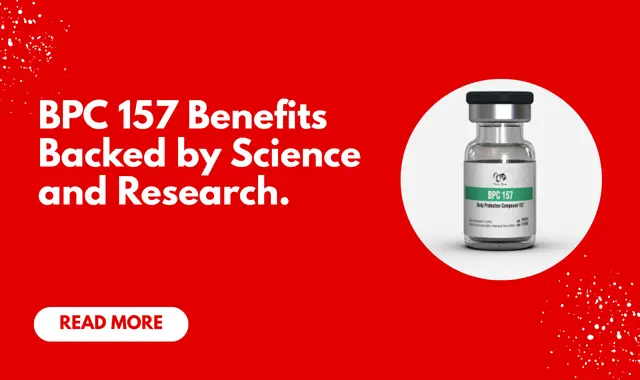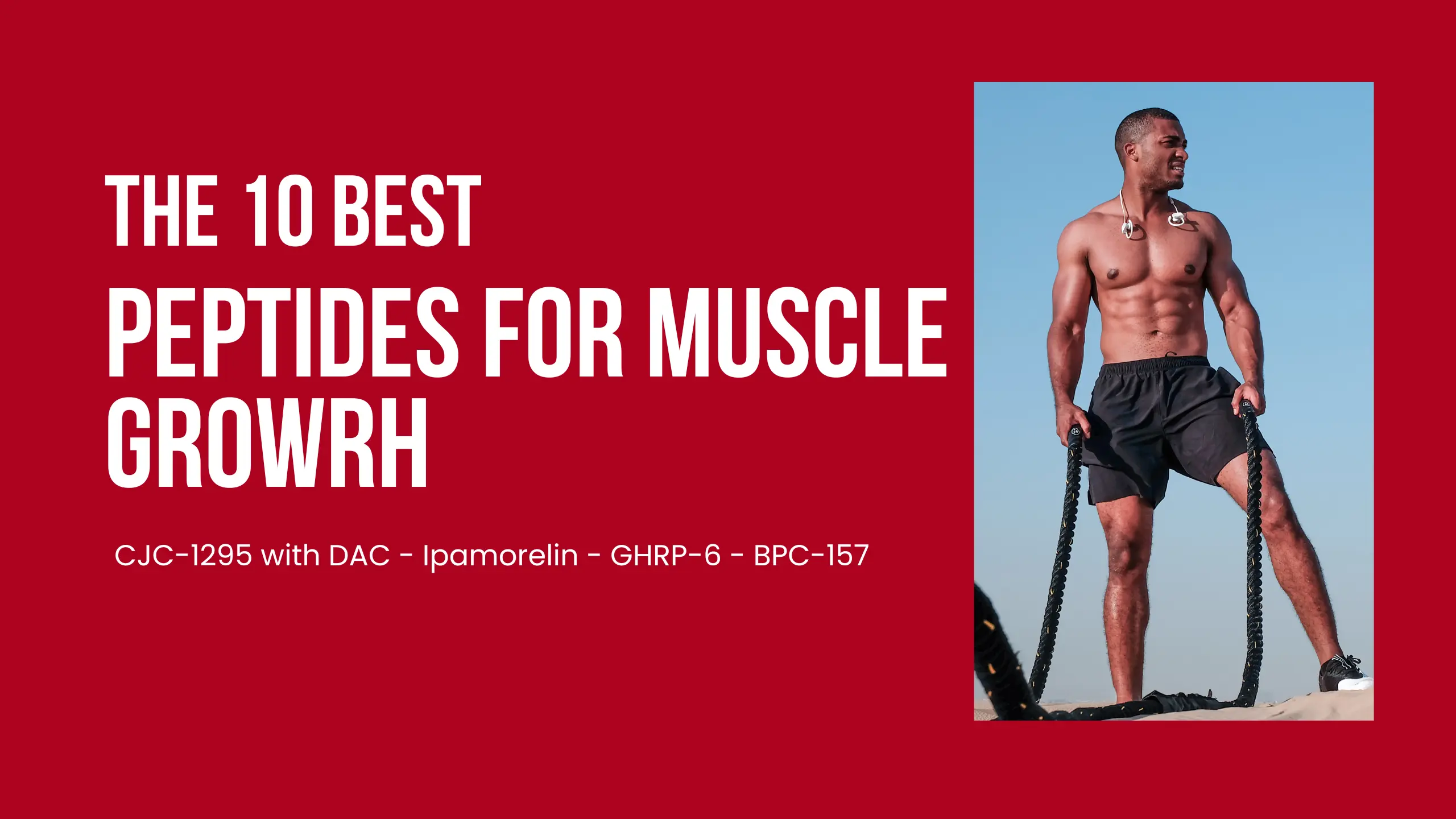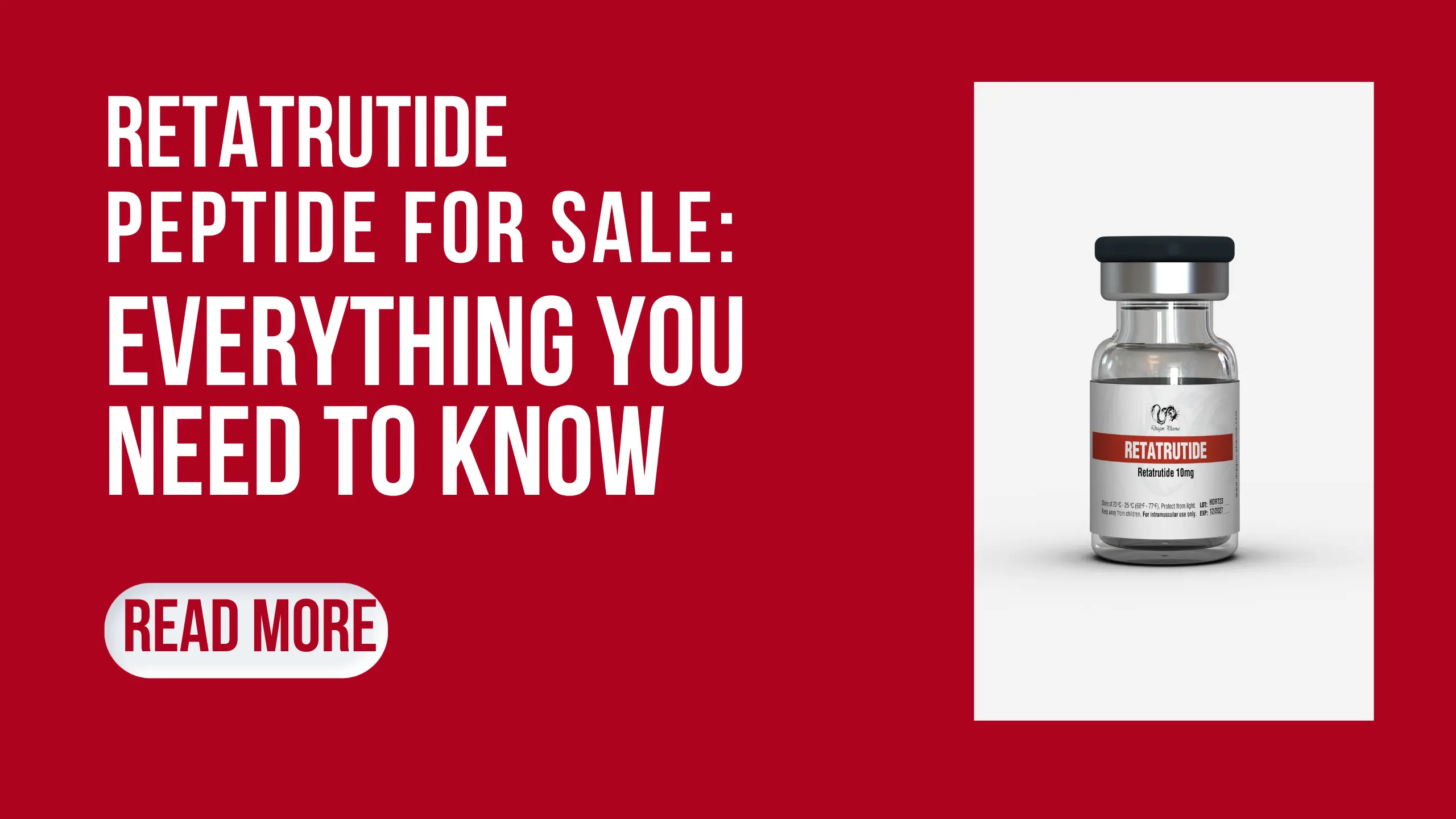BPC 157 Benefits Backed by Science and Research

Introduction
BPC 157 has become a buzzword in recovery and regenerative medicine, and for good reason. This small peptide, originally discovered in gastric juice, shows promise in accelerating healing, reducing inflammation, and protecting organs in preclinical studies. Athletes, clinicians, and biohackers are curious: what does the science actually say about BPC 157, and how might it help real-world recovery?
In this article we explore the mechanisms behind BPC 157, summarize the most relevant research, list potential benefits and side effects, and offer practical guidance on safe use. If you want a quick path to purchase, see our trusted peptide.
What Is BPC 157?
BPC 157 (Body Protection Compound 157) is a 15–amino-acid peptide derived from a naturally occurring protein in gastric juice. It's often studied for its role in tissue protection and repair. Researchers have tested BPC 157 in many animal models and found effects on tendon and muscle healing, gastrointestinal protection, and even nerve regeneration.
How BPC 157 Works
While human data are limited, animal and cell studies suggest multiple mechanisms by which BPC 157 promotes healing:
-
Promotes angiogenesis
BPC 157 stimulates new blood vessel formation (angiogenesis), improving blood flow and nutrient delivery to injured tissues.
-
Reduces inflammation
It appears to modulate inflammatory pathways, lowering markers of inflammation and helping pain and swelling subside faster.
-
Supports collagen and connective tissue
BPC 157 increases fibroblast activity and collagen production, which are essential for tendon, ligament, and skin repair.
-
Protects the gut and organs
Because it was first isolated from the stomach, BPC 157 shows strong protective effects on the gastrointestinal lining and may mitigate ulceration and gut permeability.
-
May aid nerve repair
Early studies indicate potential benefits for nerve regeneration after injury, making BPC 157 interesting for neurological recovery research.
What the Research Shows
Most published research on BPC 157 is preclinical. Key findings include:
- Faster tendon and muscle healing: Animal models show improved tensile strength and faster structural repair after tears.
- Gastrointestinal protection: Reduced ulcer formation and faster mucosal recovery in models of gut injury.
- Reduced inflammation and oxidative stress: Lowered inflammatory markers in injured tissues.
- Organ protection: Protective effects on liver and stomach tissues in toxin-exposure models.
Important note: while results are promising, human clinical trials are limited. Always interpret preclinical data with caution and consult healthcare professionals before using peptides.
Top 6 Potential Benefits of BPC 157
Based on current studies and anecdotal reports, the following benefits are most often associated with BPC 157:
- Accelerated soft tissue healing: muscles, tendons, and ligaments.
- Improved joint recovery: reduced downtime after strain or surgery. (Top peptides for recovery)
- Enhanced gut health: protection and repair of the intestinal lining.
- Reduced inflammation: faster reduction of swelling and pain.
- Nerve repair support: potential benefits in nerve regeneration models.
- Organ protection: mitigation of certain toxin-induced damages in animal studies.
How to Use BPC 157 Safely
Availability and formats vary; BPC 157 is commonly found as injectable formulations or oral. Practical safety steps include:
- Consult a licensed healthcare provider experienced with peptides.
- Follow dosing guidance from a medical professional — start low and monitor response.
- Use sterile technique for injections and source peptides from reputable suppliers.
- Combine therapy with proper nutrition, rest, and rehabilitation for best results.
- Report any adverse effects to your clinician immediately.
For those exploring recovery and healing options, it can also be helpful to compare BPC-157 with TB-500 — another popular peptide known for its regenerative and injury-healing properties. Both compounds have unique mechanisms and benefits, and understanding how they differ can help you choose the best option for your individual goals.
Popular Peptides and Their Uses: A Closer Look
The sheer number of peptides under investigation is enormous, but a handful have become foundational in the wellness community due to promising data regarding their targeted effects:
|
Peptide |
Key Function |
Primary Use |
|---|---|---|
|
Gut Protection Compound |
Injury/Tissue Repair (Tendon, Ligament, Muscle) and Gut Healing (Inflammation, Leaky Gut) |
|
|
TB 500 |
Synthetic Thymosin Beta-4 |
Systemic Repair (Cell migration, Angiogenesis), Flexibility, and Anti-Inflammation |
|
Epitalon |
Telomerase Activation |
Longevity, Circadian Rhythm Regulation, Anti-Aging |
|
Semaglutide |
GLP-1 Agonist |
Weight Loss, Blood Sugar Control, Appetite Suppression |
|
Melanotan 2 |
Melanocortin Receptor Agonist |
Tanning (Increased Melanin Production) and Libido |
Possible Side Effects
Reported side effects are generally mild in anecdotal reports and limited studies, but can include:
- Mild fatigue
- Temporary nausea
- Headache or lightheadedness
If you experience persistent or severe symptoms, stop use and seek medical advice.
Who Might Benefit Most?
Potential candidates for BPC 157 therapy include:
- Athletes recovering from tendon or muscle injuries
- Individuals with chronic tendonitis or ligament strain
- People with gut lining issues under medical supervision
- Patients looking for adjunct support after surgery (with clinician approval)
Not recommended for pregnant or breastfeeding individuals or those with uncontrolled medical conditions unless supervised by a physician.
Conclusion
BPC 157 is an intriguing peptide with a growing body of preclinical research supporting its healing and protective properties. While the strongest evidence currently comes from animal studies, results point to benefits in soft tissue repair, gut protection, and inflammation reduction. If you're considering BPC 157, do so under medical guidance, source products from reputable suppliers, and combine therapy with proven recovery practices.
As human research continues to expand, we'll gain a clearer understanding of the full potential and long-term safety profile of this promising compound. It's also important to stay informed about safety considerations for peptides, including proper dosing, sourcing from reputable suppliers, and monitoring for possible side effects under medical supervision.
Frequently Asked Questions about BPC 157
1. What is BPC 157 used for?
It's used primarily in research and clinical contexts for soft tissue repair, gut protection, and reducing inflammation—often as an adjunct to rehabilitation.
2. How soon do people see results with BPC 157?
Timing varies; some users report improvements in a week or two for pain and inflammation, while structural healing takes longer and depends on the injury.
3. Can BPC 157 be taken orally?
Yes, oral formulations exist and are commonly used for gut-related issues; injectable forms are often used for targeted soft tissue healing.
4. Is BPC 157 legal to buy?
Regulatory status varies by country. It's commonly sold for research use; check local laws and purchase only from reputable suppliers.
5. Are there human clinical trials for BPC 157?
Human data are limited. Most evidence is preclinical; more clinical trials are needed to confirm efficacy and long-term safety.
Relevant Internal Links (Dragon Pharma)
Articles

If you’ve been researching new and effective ways to lose weight, you’ve probably come across Tirzepatide. Originally created to help people manage type 2 diabetes, this medication has become a major breakthrough in the world of peptide-based weight loss.

If you’re serious about building muscle in 2025, you know it takes more than just hitting the gym. Diet, recovery, and smart supplementation all play a role, and peptides are quickly becoming one of the most talked about tools for serious lifters.

Retatrutide has recently become one of the most talked-about peptides in the research community, especially for its potential to promote weight loss, enhance energy metabolism, and improve overall metabolic health.
Customer Reviews
Please leave your review on products or service below.
Thank you beforehand.



